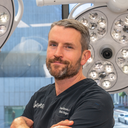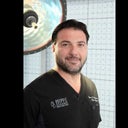Can I remove all my breast tissue and replace with only an implant?
My breasts have hurt ever since I was a teenager (even before getting implants). After getting implants, they still hurt a lot. Its not the implant that hurts, its the tissue surrounding the implant that hurts (if that makes sense). I had severe tuberous breasts. I know 100% I don't want children and I am in my 20's.





